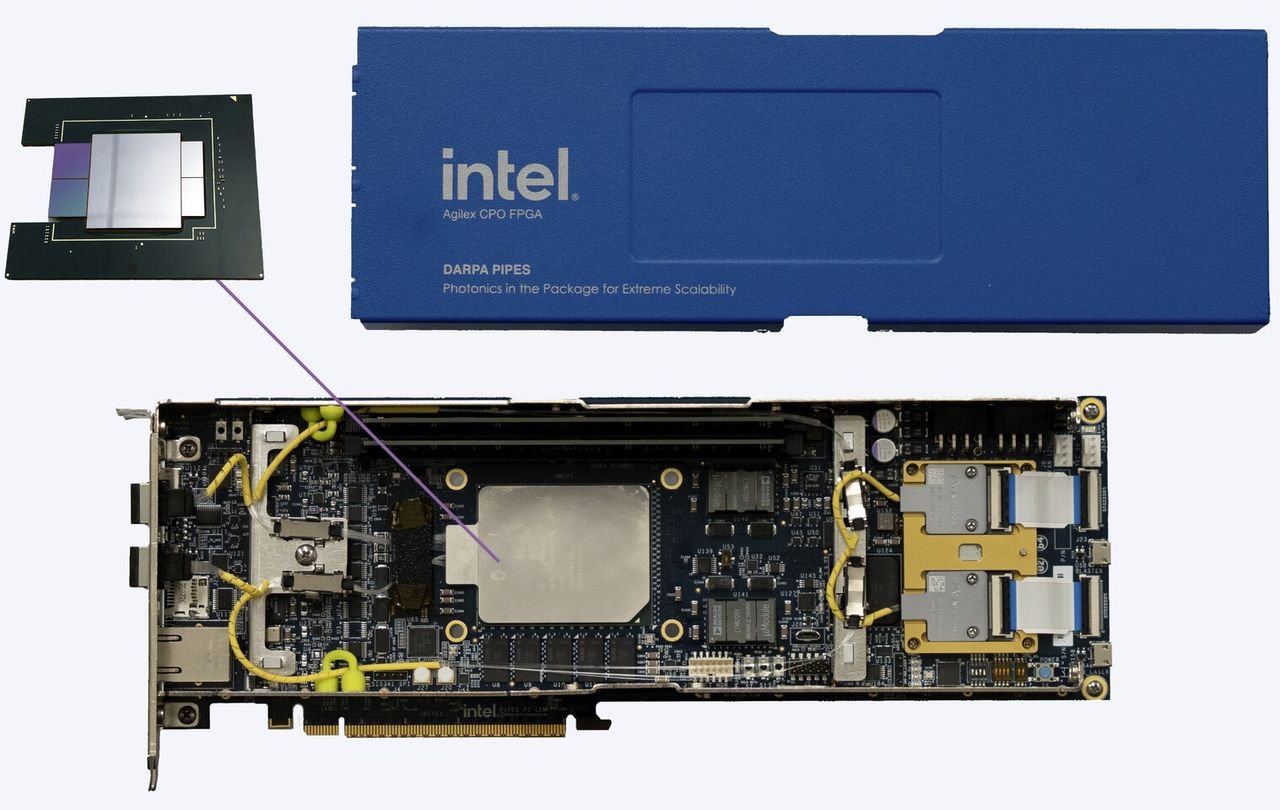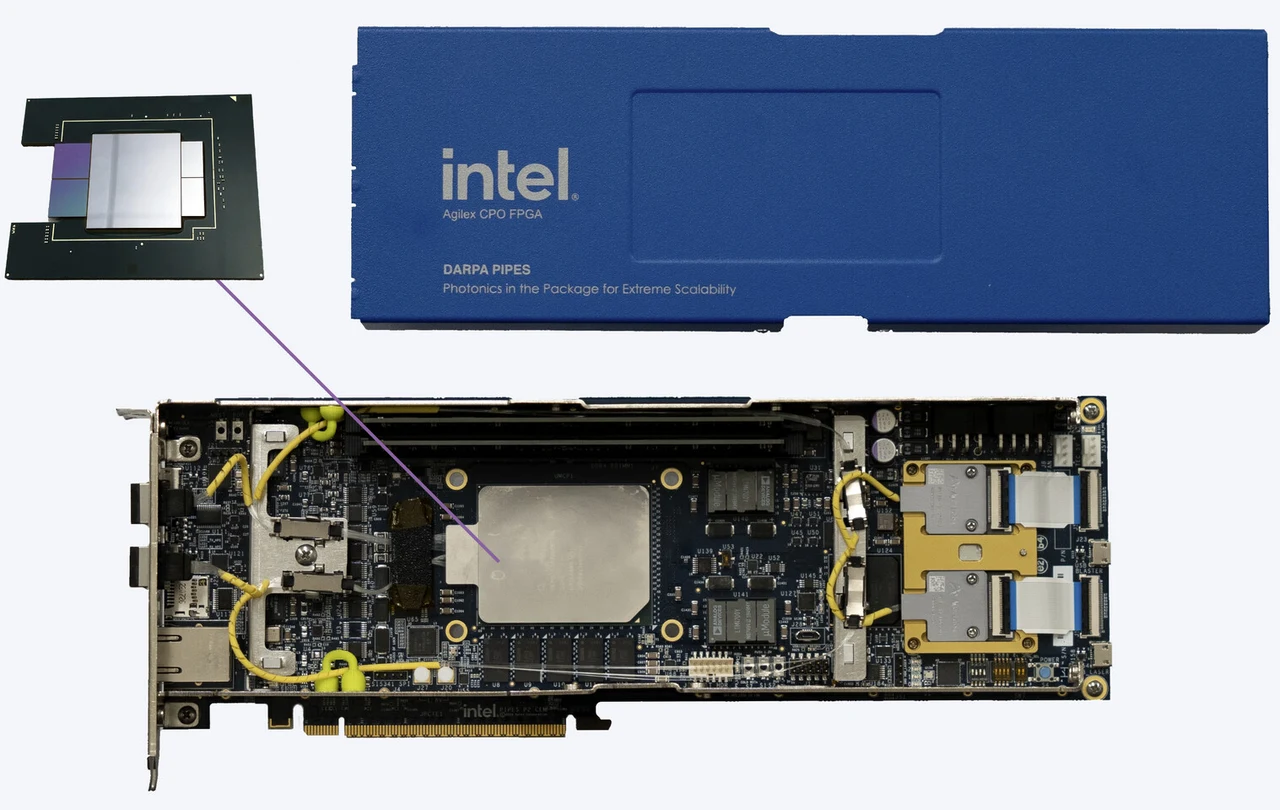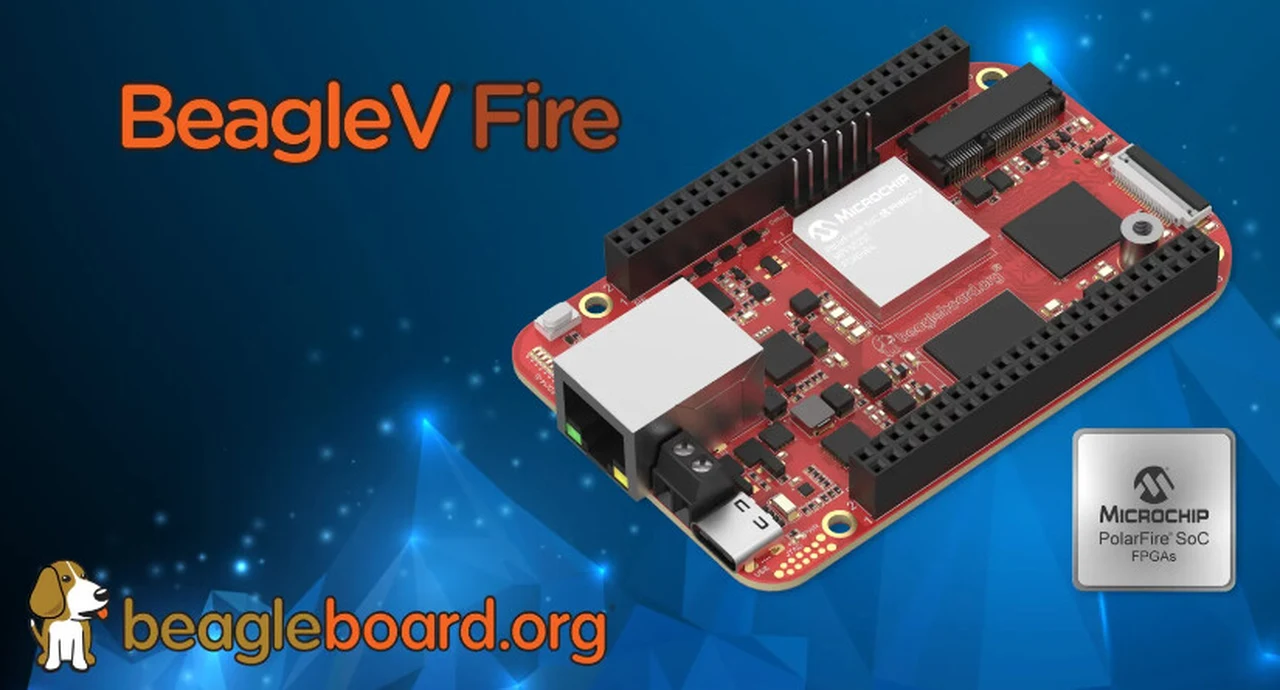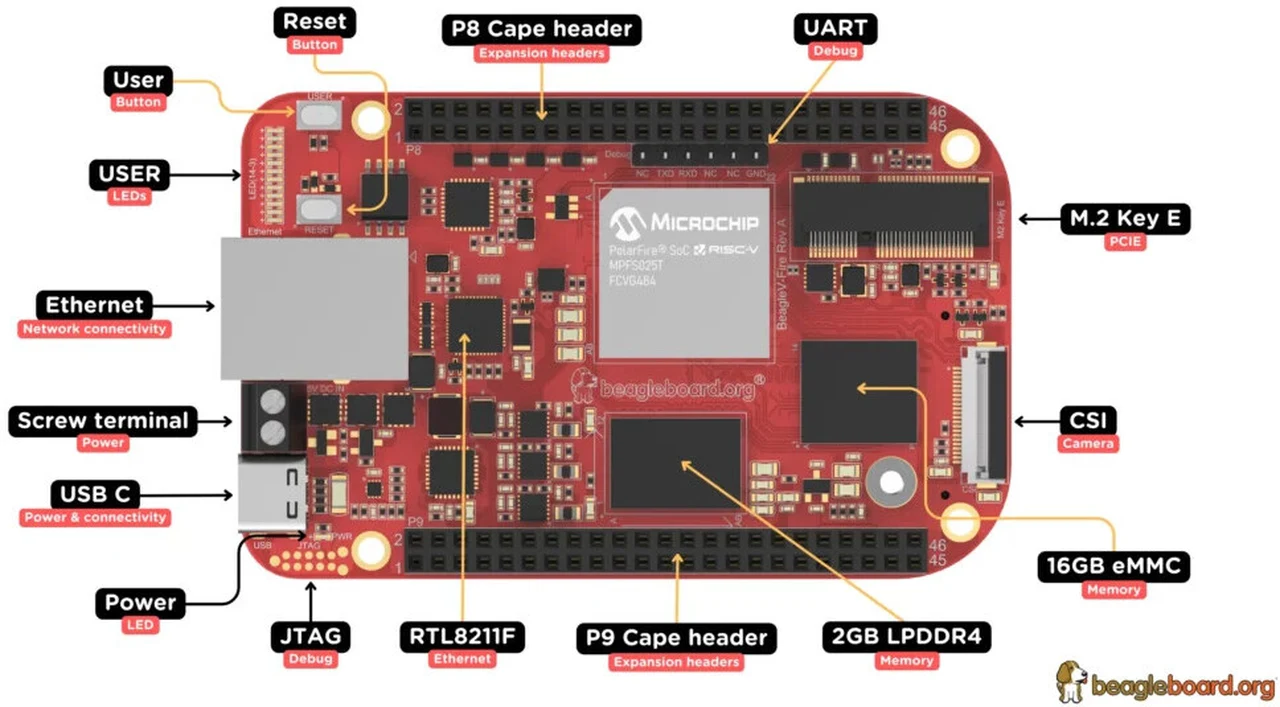[ad_1]

- Arquitectura de procesador único para inteligencia artificial, sistemas integrados y robótica
- La escalabilidad de RISC-V garantiza una expansión perfecta entre diversas aplicaciones
- La financiación inicial refuerza el impulso de Ubitium para redefinir la tecnología de chips
Durante más de 50 años, la industria de los semiconductores ha confiado en el algoritmo de Tomasulo, introducido por IBM en 1967, para construir algoritmos especializados. Unidades centrales de procesamiento, Unidades de procesamiento de gráficosy otros chips diseñados para tareas informáticas específicas.
Ahora, Ubitium, una startup de hardware fundada por expertos en semiconductores, ha desarrollado un procesador RISC-V de clase mundial que consolida todas las cargas de trabajo informáticas en un único chip asequible.
Esta tecnología es de particular interés para los sistemas integrados y la robótica, donde el costo del hardware a menudo limita la implementación de soluciones informáticas avanzadas.
Borrando los límites entre tareas informáticas especializadas
El procesador universal Ubitium está diseñado para ser escalable y admite una variedad de chips que varían en tamaño pero que comparten la misma microarquitectura y pila de software, lo que garantiza que los clientes puedan escalar sus aplicaciones sin cambiar sus procesos de desarrollo.
El diseño sin carga de trabajo del procesador lo hace adecuado para cualquier tarea informática y ayuda a simplificar los requisitos de hardware.
Ubitium ha recaudado 3,7 millones de dólares en financiación inicial, lo que acelerará el desarrollo de chips iniciales y kits de desarrollo, con planes de lanzar los primeros procesadores comerciales para 2026.
“La industria de procesadores, valorada en 500 mil millones de dólares, se basa en límites restrictivos entre las tareas informáticas”, señaló Hyun-Shin Cho, director ejecutivo de Ubitium.
“Estamos desdibujando esos límites. Nuestro procesador de clase mundial lo hace todo (CPU, GPU, DSP, FPGA) en un chip, una arquitectura. Esto no es una mejora incremental. Es un cambio de paradigma. Esta es la arquitectura del procesador. exige la era de la IA”.
Chu también afirmó que la compañía imagina un futuro en el que un diseño de procesador único pueda manejar tareas que van desde pequeños sistemas integrados hasta computación de alto rendimiento sin modificaciones de hardware especializadas.
“Hace mucho que aceptamos que hacer que los dispositivos sean inteligentes significa hacerlos complejos: múltiples procesadores o núcleos de procesador, múltiples equipos de desarrollo, desafíos de integración interminables; hoy eso está cambiando”, agregó..
También te puede gustar
[ad_2]
Source Article Link





